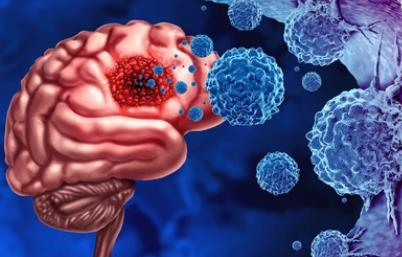Researchers from the University of Lausanne in Switzerland have published a research paper in the Cancer Cell journal titled “Interrogation of endothelial and mural cells in brain metastasis reveals key immune-regulatory mechanisms”. Recent analysis of samples from patients with brain metastases (BrM) has revealed the importance of the brain tumor microenvironment (TME) in regulating the progression of primary and metastatic brain malignancies. The enormous complexity of TME in BrM…
Research Progress on the Interaction Mechanism between Bunyavirus and Host

Recently, the team of Wang Hualin, Deng Fei, and Ning Yunjia from the Chinese Academy of Sciences Wuhan Virology Research Institute/National Viral Resource Bank published the research papers titled “Interactome profiling of Crimean-Congo hemorrhagic fever virus glycoproteins” and “Host factor MxA restricts Dabie bandavirus infection by targeting the viral NP protein to inhibit NP-RdRp interaction and ribonucleoprotein activity”. The above research elucidates new interaction mechanisms between the virus and host…
In Situ Regeneration Research of Inner Hair Cells in a Mouse Injury Model Induced By Ectopic Expression of Tbx2 and Atoh1

The Development journal published a research paper online titled “In situ regeneration of inner hair cells in the damaged cochlea by temporally regulated coexpression of Atoh1 and Tbx2”. The research was completed by Liu Zhiyong, a research group of the Center for Excellence and Innovation in Brain Science and Intelligent Technology (Institute of Neuroscience) of the Chinese Academy of Sciences, and the Shanghai Brain Science and Brain Research Center (Shanghai…
Nuclear Membrane Proteins Promote Yellow Virus Replication

Yellow viruses, including dengue virus (DENV), Zika virus (ZIKV), and Japanese encephalitis virus (JEV), are mostly transmitted through mosquito vectors and are currently one of the most widespread and highly infected infectious diseases, posing a huge threat to global public health. The infection of the yellow virus not only causes mild and self-limiting diseases (such as dengue fever and dengue hemorrhagic fever), but is also closely related to neurological diseases…
MRE11 Releases cGAS from Nucleosome Blockade to Prevent Cancer Development
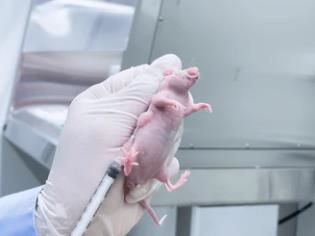
Every time cancer cells divide, they cause damage to their own DNA molecules. For a long time, scientists including Gao á v Gupta Bo, associate professor of radiation oncology at the University of North Carolina School of Medicine in the United States, have been curious about how cancer can evade detection by the body’s own defense system, despite the immune system constantly monitoring cells for DNA damage. In a…
MSL2 Ensures the Expression Mechanism of Mammalian Biallelic Genes
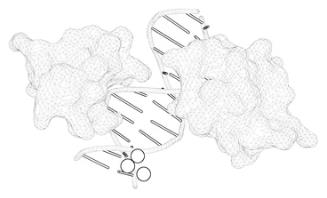
Have you ever thought about why every chromosome in our cells has two copies? During the breeding process, we obtain a copy from each of our parents. This means that we also obtained two copies or alleles of each gene from each chromosome or pair of parents. Both alleles can produce messenger ribonucleic acid (mRNA), which is the formula required for mRNA to manufacture proteins and maintain cell operation….
New Research Has Found Biomarkers for Predicting the Risk of Human Cell Aging and Death

As cells age, they experience aging, a state where they stop growing but continue to release inflammatory and tissue-degrading molecules. When a person is young, the immune system will respond by eliminating aging cells, commonly known as “zombie cells”. However, zombie cells will continue to exist and lead to a series of age-related health problems and diseases. In a new study, researchers from the Mayo Clinic in the United…
Protein IKAROS Regulates the Development of B Cells
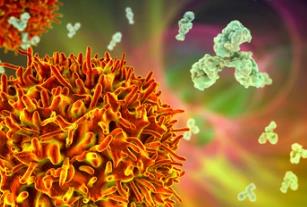
The nucleus is a busy place. Cellular proteins twist and pull DNA, folding the genome into complex three-dimensional structures that support the function of its coding regions. This arrangement is crucial for cell development, but the specific steps for different types of cells vary greatly. Establishing correct communication between genes and distant control switches in the right cells at the right time is not an easy task. In fact, few…
The Reasons for The Therapeutic Effect of CTLA-4 Inhibitors Being Sluggish
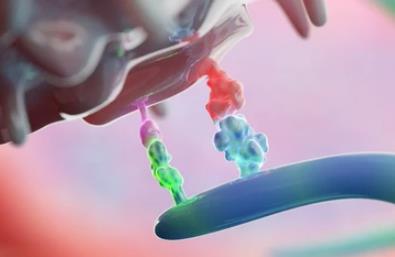
As the “predecessors” in immune checkpoint inhibitors, the development of anti-CTLA-4 monoclonal antibodies in recent years has not been ideal. From the perspective of approved indications, their single-drug treatment uses are few and can only be paired with PD-1/L1 inhibitors. If we look at the failure cases of clinical research, it will be even more heart-wrenching. So the question is, what is blocking the anti-CTLA-4 monoclonal antibody? The research…
Themis2 Can Regulate Natural Killer Cell Immune Memory
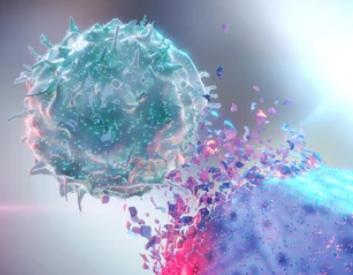
Immune memory is a hallmark of the adaptive immune system in the body. Although natural killer cells (NK cells) are essential innate immune cells for the host’s immediate defense system, they can also differentiate into memory NK cells. Currently, researchers have not fully elucidated the molecular mechanisms behind controlling this differentiation process. Recently, a research report titled “Themis2 regulates natural killer cell memory function and formation” was published in the…
